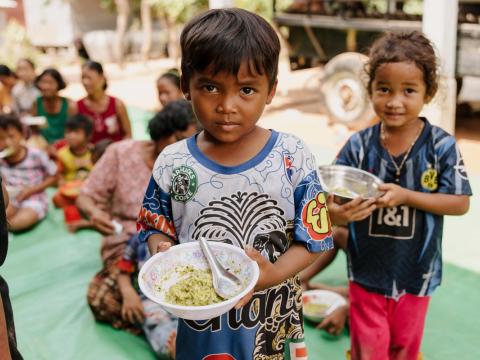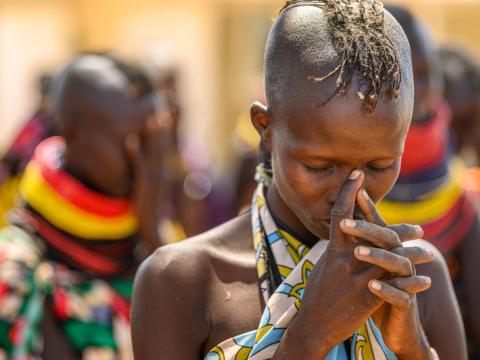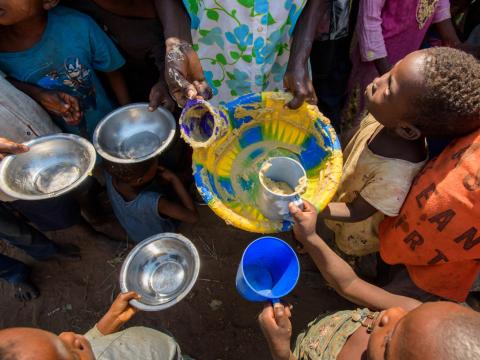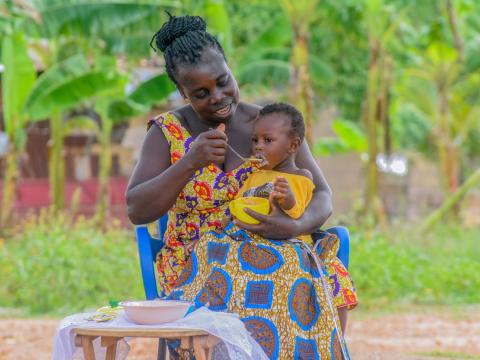
The Life-Saving Need for Nutrition Investment
>> World Vision's new campaign to end hunger and malnutrition is being launched on 16th October click here to learn on that to learn more <<
World Vision's health and nutrition chief, Dan Irvine, argues that, when it comes to ending child malnutrition, an ounce of prevention is worth a pound of cure.
Some of us have now witnessed multiple famines in our lifetime, and will never be able to erase the tragic images of starving children from our minds, or conscience. Famines are a scourge on humanity, a scorching rebuke to our failed stewardship of God’s creation and our most precious responsibility– our children. There is no question that these crises demand urgent and comprehensive response, and that every child should be cared for. Over time, however, I have realized that the urgent is simply a symptom of a far greater tragedy: our collective failure to prevent all forms of malnutrition affecting children, and to invest in human and social resilience to the shocks that are inevitable.
Half of the children under age five globally suffer from what is referred to as “hidden hunger” – their diets are insufficient to meet their nutritional needs. Subsequently, their physical health is undermined, as is their cognitive development, leading to poor lifetime health and livelihood outcomes. These children will never know life in all its fullness. This chronic malnutrition is a starting point of vulnerability that often leads to more severe forms of malnutrition like stunting, wasting, or obesity. The marginalization of their human potential becomes intergenerational, as malnourished children become malnourished parents who struggle to prevent malnutrition in their own children.
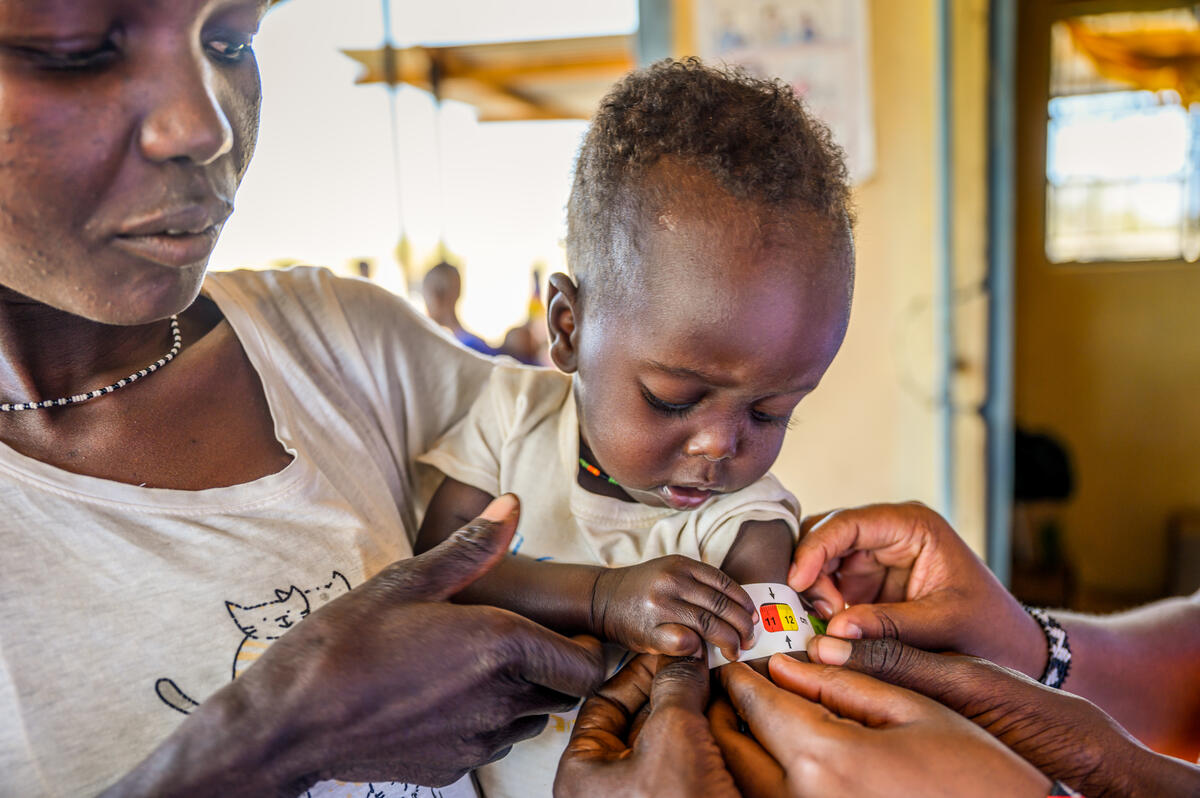
World Vision believes this malnutrition cycle can be broken, and that children and parents cared for and protected can be healthy, with a far greater opportunity in their lives to thrive. Over the next three years we will direct $3.4 billion dollars toward this goal, and reach millions of children with game changing nutrition services. These services will align generally with four strategies: 1) promote nutrition, 2) detect malnutrition, 3) prevent malnutrition, and 4) treat malnutrition.
The promotion of nutrition recognises that healthy behaviours and choices require a reasonable understanding of basic nutrition requirements. One of World Vison’s leading interventions in this area is the provision of infant and young child feeding counselling, which educates parents on fundamental requirements for successfully feeding their young children, from breastfeeding through complementary feeding. Exclusive breastfeeding alone is one of the most powerful health interventions we know, with the potential to reduce under-five child mortality by 15 percent. As children grow older, we see the need to continue to counsel families on their diets. We will be scaling up nutrition education for adolescents, for example, in conjunction with school meal programmes, and targeting practices like demand creation for adolescent girl micronutrient supplementation. The challenge to overcome is a lack of awareness of hidden hunger – a grave health issue that is not immediately or easily visible.
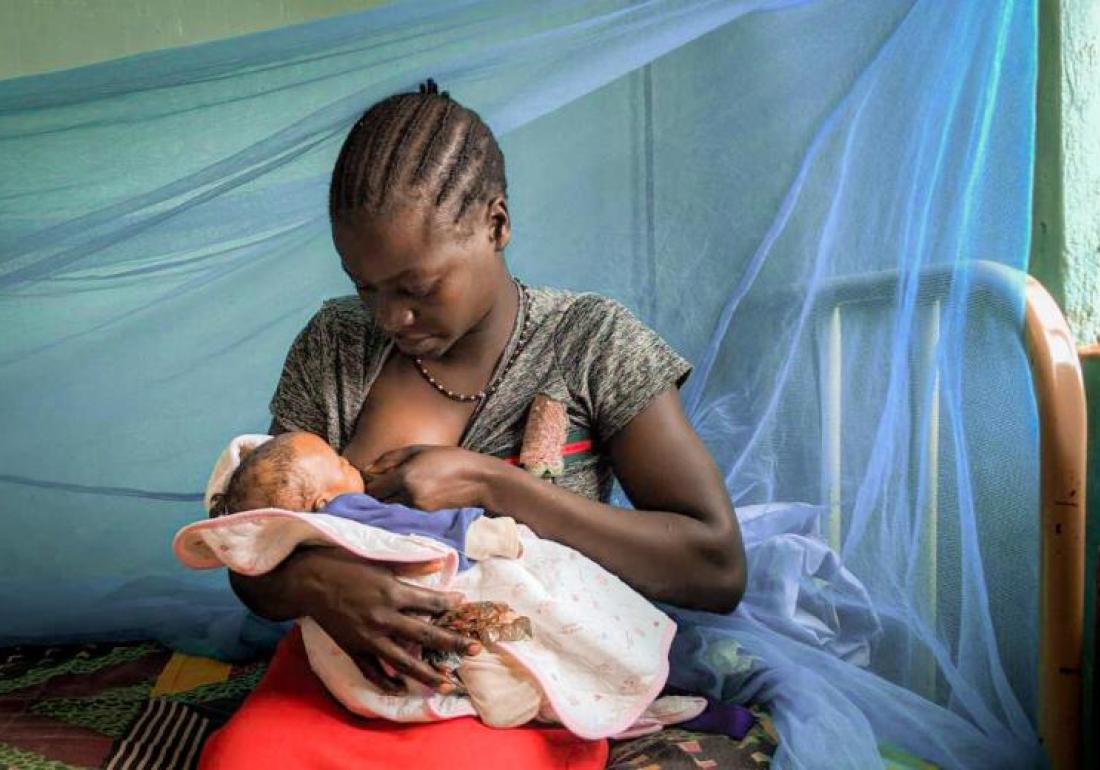
A common nutrition screening practice is growth monitoring. I watched with significant concern as my own son progressed across the young child growth chart, measuring height, weight, and head circumference. Every child should benefit from this monitoring, and World Vision has found in our research that the early identification of malnutrition can significantly help prevent more severe forms. That’s nipping the problem in the bud. As such, we will promote the scale up of growth monitoring, with innovations like decentralisation and utilisation of community health workers to manage the exercise. We will also promote caregiver-implemented mid-upper arm circumference (MUAC) measurement for children in contexts with high levels of wasting to expedite that diagnosis and treatment. Following on our successful research testing non-invasive haemoglobin monitoring tools, we hope to leverage that innovation to identify and help adolescents understand anaemia incidence, and seek treatment.
An ounce of prevention is worth a pound of cure. If only the global finance architecture would assimilate this sage advice! The World Bank estimates the loss of productivity due to malnutrition annually to be $3 trillion dollars. And they have for many years now advocated a mere $7 billion annually in additional nutrition-focused development assistance. What a deal! World Vision invests in malnutrition prevention multi-sectorally, with critical interventions in health; water, sanitation and hygiene; education; child protection; livelihoods; and food security. Ultimately, we want to make sure children are food secure, healthy, and growing in safe environments. In addition to the promotive and detective practices noted above, which are essential to preventing malnutrition, one of our leading nutrition interventions is Positive Deviance Hearth (PDH). With PDH we promote nutrient-dense diets based on locally-available foods, along with growth monitoring and promotion. This practice has consistently reduced undernutrition in young children.
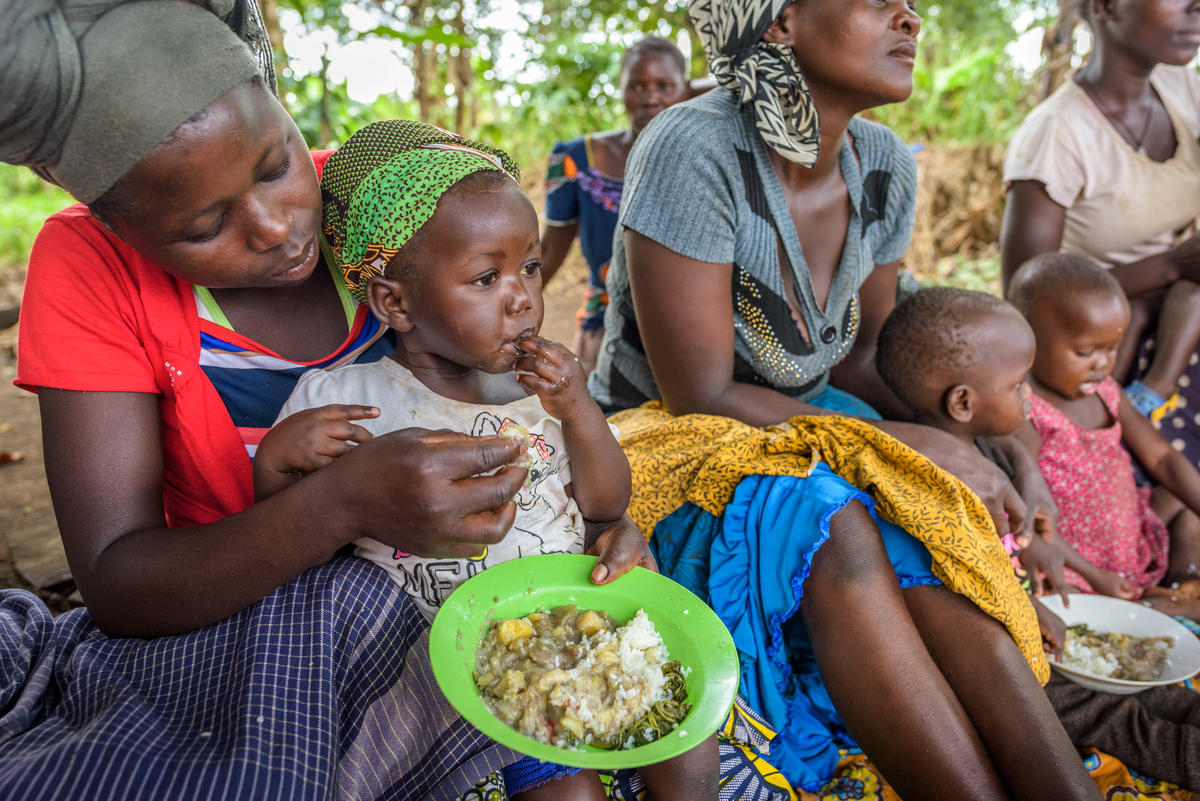
Treatment is required when young children become acutely malnourished. Clinical interventions are needed to carefully restore these highly vulnerable children to health. World Vision invests in Community Management of Acute Malnutrition (CMAM), an outpatient therapeutic process. We are currently providing this life-saving therapy to 250,000 children per year, with an 88 percent rehabilitation rate, which is excellent in the industry. CMAM is provided in conjunction with other health services, notably Integrated Management of Childhood Illness (IMCI), as acutely malnourished children are far more vulnerable to common diseases. Of course, where children and caregivers are in food insecure contexts, World Vision intervenes with supplementary food, food rations and cash and voucher assistance.
Breaking the intergenerational cycle of malnutrition is a complex task requiring significant and dedicated investment. I’m proud that World Vision is taking this on, and pray that our commitment will inspire others to similarly invest. The goal is achievable if enough partners make that commitment. While the world reflects on this, World Vision will be scaling these interventions across our programmes. We’re taking the battle on, child by child, so that children, their families and communities can achieve a resilience that will prevent future famines, and hidden hunger, once and for all.
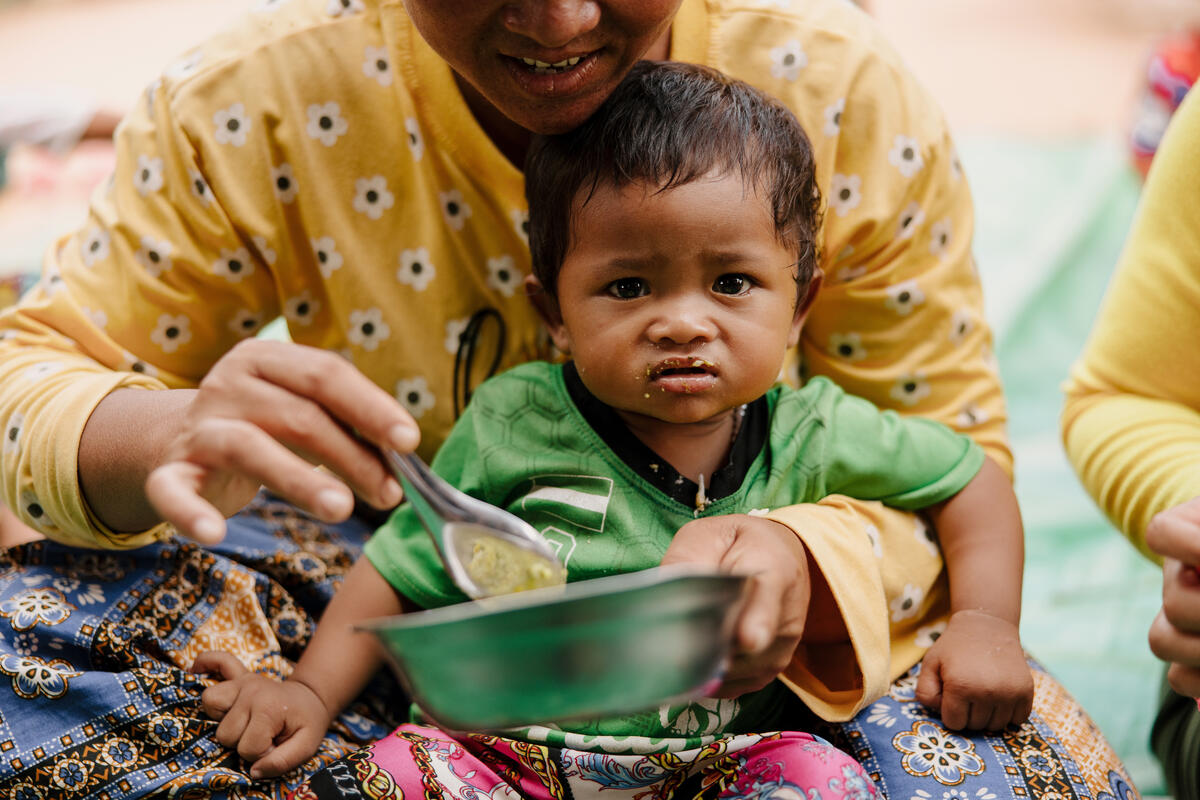
World Vision will be attending the Micronutrient Forum 6th Global Conference between 16th and 20th October, 2023. Click here to learn more.
Dan Irvine is World Vision’s Global Director for health and nutrition based in the United States.
